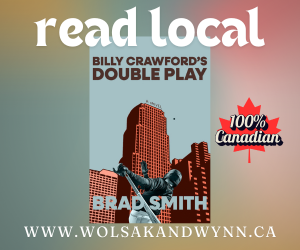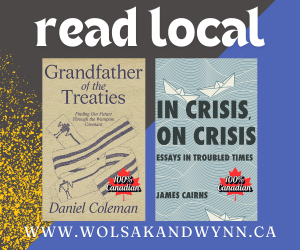THE PLAYLIST
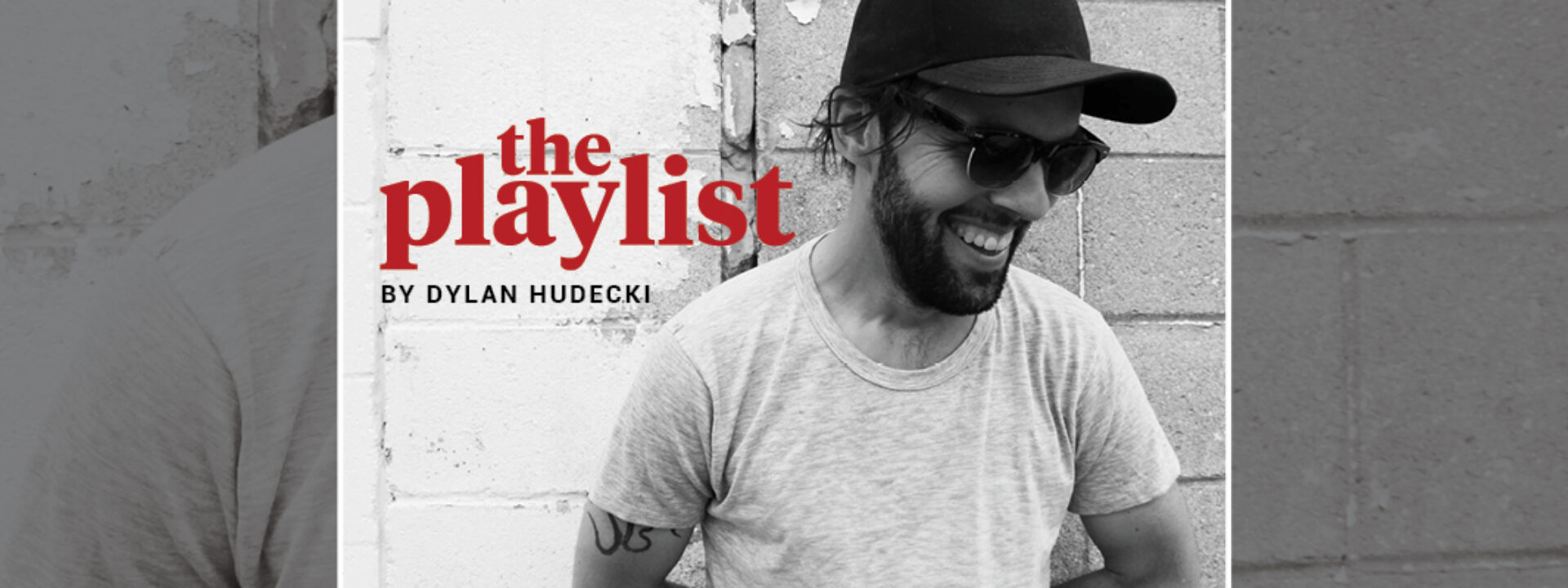
Dylan Hudecki is a Canadian indie-rock vet having played in many different bands, including By Divine Right, Cowlick, Slow Beach and The Dill. He’s a proud Hamiltonian who covers local album releases for HAMILTON CITY Magazine.
ŽUTO – Kiss Before Make Up

Kiss Before Make Up, the debut album from Žuto is one that wears its DIY roots proudly while still offering a surprising melodic newness. Released on July 30, it’s the kind of album that doesn’t announce itself with fanfare or heavy production. Instead, it draws you in with intimacy, energy, confidence, and the kind of sonic texture that rewards close, repeated listening. It’s great when a young band can begin to shape their sound, learning how to use the studio as a tool, in real time for the listeners. It’s a live document showing a behind-the-scenes of a band taking the next steps.
This is a jangly, sometimes shoe-gazey, slightly off-kilter collection that feels right at home alongside other art-minded indie-pop acts. Likened in spirit to Horsegirl, Cate Le Bon, Deerhoof, there is a shorthand that points to minimal, melodic songwriting with just enough angularity to keep things interesting. Where a more polished studio approach might sand down the edges, Žuto’s recording choices lean into them. The result is a sound that feels alive and present, slightly imperfect in ways that give it character. For some listeners, this will be part of its undeniable charm. For others, particularly those accustomed to radio-ready gloss, it may feel underproduced. But it’s that roughness that fits the band’s character and scene identity. They rehearse in the famed Leathers rehearsal building in downtown Hamilton and record at Boxcar Recording Studio. So it’s no wonder it sounds the way it does, and how they sound live.
Standout moments on Kiss Before Make Up tend to arrive subtly. “2019 Song”, “Sluice” encapsulates the album’s bittersweet balance of melody and mood. The songwriting is intimate, trading in moments and vignettes rather than grand narratives. Lots of starts and stops throughout. The hooks emerge slowly but stick once they arrive, often paired with arrangements that expand gently, adding a guitar line here, a harmony there. It’s the sort of deconstruction/construction that feels more like building a room than painting a portrait.
Žuto’s lyrics tend to keep things oblique. This approach mirrors the way the album has been shared and promoted mostly through Bandcamp, niche music blogs, and local gig listings. There’s no grand PR push here, no major-label gloss, just a tight-knit, scene-centred release that feels authentic to its new origins. In the context of 2025’s indie landscape, Kiss Before Make Up sits comfortably among a wave of guitar-forward, mood-driven releases that value atmosphere and craft over volume or spectacle. It’s not chasing the algorithm; it’s quietly building a world for listeners willing to spend time in it.
Kiss Before Make Up is a thoughtful, modest, and well-realized work from a young band that knows exactly what it wants to be. Žuto offers melody without overstatement, texture without clutter, and a warm, human touch that’s all too rare in an era of overproduced sameness. For those willing to lean into DIY spirit from a young up-and-coming band, it’s a rewarding listen, and a promising sign of where Žuto might go next.
RIYL: Built to Spill, Ellis, Horsegirl, Deerhoof, Dry Cleaning, Parquet Courts, Baxter Dury
PUBLIC HEALTH – Minamata
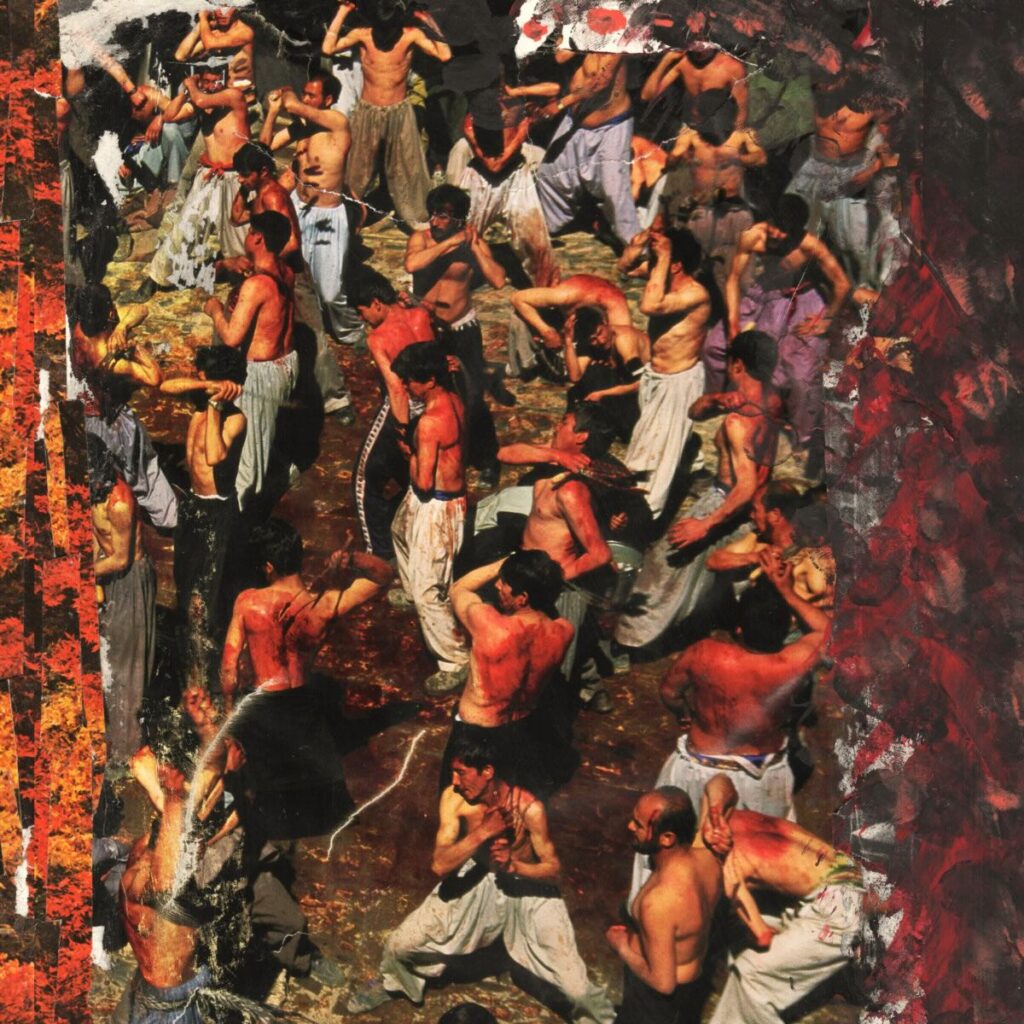
Public Health, a Hamilton‑based noise/post‑rock quartet formed in 2024, releases Minamata with abrasive precision and emotional depth. Building on their growing DIY reputation, the band delivers an immersive sonic rupture that amplifies their roots in basement shows and underground punk circuits across southern Ontario. With just seven tracks and nearly 48 minutes of distorted catharsis, Minamata is both lean and relentless. Drawing on the raw energy of ’90s noise rock and post‑hardcore, they layer trembling riffs and angular song structures to create dissonant soundscapes that feel volcanic, tense and volatile.
Throughout Minamata, themes of environmental collapse, corporate exploitation, and communal trauma resonate subtly, understandable given the title’s reference to Minamata disease, a tragic case of mercury poisoning in Japan. Though the band doesn’t unpack the historical tragedy overtly, the title allows the music to evoke slow-building dread, ruptured humanity, and shockwaves of disorientation. It’s a powerful metaphorical frame for Public Health’s abrasive, disillusioned tone.
“Bounty Men” sets the stage: a slow, grinding riff builds, then fractures into chaos. Guitars swirl in feedback, drums thunder and crash, and Joy Division-esque bass rumbles beneath it all. As the album continues, Public Health introduces sharper dynamics – occasional quiet between noise, sudden bursts of melody, vocals that alternate between shouted rage and weary spoken word. Despite the cacophony, there’s discipline: changes are intentional, pace is measured, and silence often carries weight like in “Ba & Shu.”
Public Health’s DIY ethic shines through, not just in their sonic identity, but in their delivery. The production isn’t slick, it’s raw, close, and immediate, as though recorded live in a cramped, sweaty venue. Like when I witnessed them play a record store show at Hamilton’s home for all things indie, artsy and local, Into the Abyss. This intimacy suits the band’s aesthetic and amplifies the sense of authenticity forged in basements, house shows and local clubs.
Though Public Health is early in their journey, Minamata reveals a quartet committed to something beyond mere aggression. They’re cultivating an emotional landscape that channels anxiety, defiance, and resignation – tuned to the malaise of their Gen Z‑inflected generation. Hamilton’s post-industrial backdrop and punk heritage inform their mood; the band feels like a bridge between local hardcore roots and a new wave of politically alive noise.
Where many post-rock or noise bands drift toward instrumental ambience, Public Health embraces structure and narrative tension. Each track, like “Kilimanjaro” and “Rotterdam” for example, functions like a chapter: build, fracture, collapse, rebuild. But amidst the eruption, small flickers of melody emerge, tethering the ruin to memory and hope.
In sum, Minamata is a compelling extension of Public Health’s sound: immersive, abrasive, and carrying the weight of contemporary anxieties. It’s not easy listening, but it rewards attention, especially for those who follow Hamilton’s DIY punk lineage or thrive on visceral, urgent noise rock. They’ve delivered a debut that resonates far beyond its local scene, evoking environmental tragedy, sonic extremity, and generational disillusionment in one cohesive statement. For fans of Fugazi‑inflected post‑punk, Godspeed‑style dynamics, or the raw power of punk‑noise DIY, Minamata marks the arrival of a band fully alive to their moment and unafraid to broadcast its fractures.
RIYL: Polvo, Kary, Contrived, Idles, cute, Don Caballero, GSYBE, Joy Division, Fugazi, Metz, Kitchens & Bathrooms (and many more Hamilton grunge, noise and math rock from 1990-2010)
DOCTOR TONGUE – 3D House of Mayhem
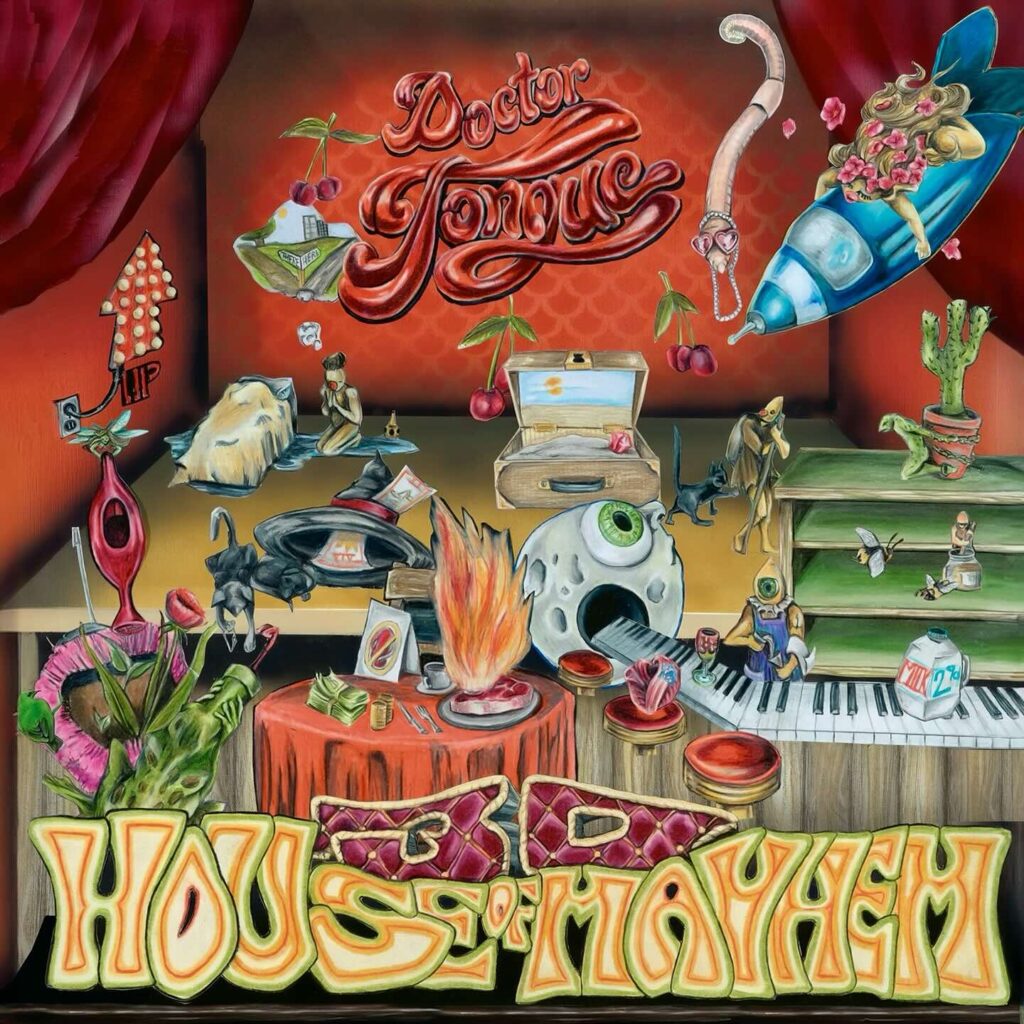
Doctor Tongue’s debut, 3D House of Mayhem, isn’t content to simply arrive, it bursts in, drenched in riffs, sweat, glitter, and unfiltered emotion. Released in August, the record corrals the Hamilton outfit’s first seven singles, “Green Eyes,” “Blue Spaceman,” “Heartache,” “Aly May,” “Forget About Love,” “Crowded Room,” and “Below” into a single, gloriously chaotic package the band calls “a love letter to grief, growth, groove, and glam rock.”
From the opening moments, the sound is visceral. Imagine Skynyrd & Black Crowes swagger colliding with Parliament’s & Grateful Dead’s cosmic funk and the glitter-streaked punch of glam rock. Then add a streak of theatrical eccentricity that feels equal parts SCTV sketch and The Muppets’ Electric Mayhem. It’s big, bold, and full of colour, flair and spectacle.
Every track brims with groove. Shimmering keys and guitars trade flamboyant flourishes, while frontman George Panagopoulos shifts effortlessly between grit and tenderness. His voice can smirk through a knowing aside one moment and bare its soul the next. It’s music made for hot, crowded rooms, where bodies move in sync and every song feels like a shared secret.
Beneath the glitter lies genuine weight. Formed in the isolation of the pandemic, Doctor Tongue endured the loss of founding guitarist Dylan Matthews in 2023. Instead of retreating, they transformed grief into a driving force. Panagopoulos has described Dylan’s presence as an ongoing creative spark, his memory woven into every performance. This duality, exuberance shot through with loss, gives 3D House of Mayhem its emotional charge.
Elsewhere, the record shows off the band’s knack for marrying serious themes to irresistible rhythms. “Forget About Love,” wraps a sunny, Curtis Mayfield–tinged groove around a meditation on emotional withdrawal in the digital age. It’s the kind of song you could dance to all night, only realizing later what it was really saying.
Doctor Tongue has built their audience the old-fashioned way: on stage, one ecstatic show at a time. By mid-2025, their catalogue had surpassed 300,000 streams, fuelled by a loyal following and a steady rollout of singles.
3D House of Mayhem is no timid debut. It’s a kaleidoscopic, emotionally layered statement that invites you to groove, grieve, and surrender to the spectacle. Less about polish than raw energy and heart, it crashes into your life in vivid, sweaty technicolour — and dares you not to dance.
RIYL: Golden Feather, Grateful Dead, The Black Crowes, Fat Cats, John Mayer, Goose
GEORGIA HARMER – Eye of the Storm

On her sophomore album Eye of the Storm, Georgia Harmer sharpens her voice as one of Canadian indie’s most delicate, yet determined, songwriters. Following her 2022 debut Stay in Touch, which introduced her knack for understated intimacy, this record doubles down on restraint, offering 10 tracks written and performed by a matured songwriter coming into her power and confidence. Eye of the Storm isn't a flashy second record, but it doesn’t need to be. It’s a calming, finely wrought record from an artist who already feels essential.
The foundation of the album’s sound is very much in the lineage of the “soft pixie vocal with acoustic guitar” trend – you know the one. But Harmer makes that world her own. Her voice is easily one of the softest this side of the Golden Horseshoe, feather-light but emotionally grounded, carrying echoes of Aimee Mann, Julia Jacklin, and Laura Marling. The comparison points run wide: the nocturnal haze of Mazzy Star, the clarity of The Weather Station, even delicate touches of Whitehorse and Weyes Blood. These aren’t songs meant to dominate your attention, they’re meant to seep in, to soundtrack late nights and quiet mornings, to sharpen emotions you didn’t realize were hanging in the air. Harmer isn’t here to sprawl, she’s here to distill.
The title track is the album’s centrepiece. A bright painting capturing the push-pull between vulnerability and endurance. “Can We Be Still” and “Memory Lullaby” lean even further into softness, like whispered conversations preserved in amber. On "Memory Lullaby": “If I burn through every single memory, and all I have is time, will you stay in my mind?” Harmer resists easy hooks or bombast; her music instead inhabits a sustained mood, an emotional weather system that holds steady for nearly 40 minutes. The lyrics are impressionistic, often relying on fragments and images rather than full narratives. They don’t spell out the stories, you’re left to fill in the gaps but the emotional core always lands on its clogged feet. Tracks like “Last Love” or “Farmhouse” don’t announce themselves with hooks; they work by pulling the listener in close, rewarding patience.
The production, recorded in small, lived-in spaces, amplifies that intimacy. You hear creaks, air, the in-between moments that most records cut out. Rather than feeling unfinished, it adds warmth and closeness, as if you’re sitting in the room while the songs are forming. It’s not lo-fi, it’s intentional minimalism, trusting the material to hold without decoration. Harmer’s great strength has always been her ability to make small moments feel monumental. Eye of the Storm is instantly a high-water mark in her burgeoning career, and it’s one of those albums that reveals its staying power with time.
Selfishly, I hope Harmer doesn’t tire, doesn’t get chewed up by an industry that too often undervalues voices like hers. Touring costs, low album sales, the endless churn of social media performance and kowtowing – there are thousands of artists worn down by it. Harmer deserves better. I want to live in a world where she’s still making music well into her 70s, still writing songs that quiet the noise and open up space for reflection.
Harmer trusts the tension in her words and delivery. It’s a choice that makes the record feel understated at first, but deeper the more you sit with it. By the third or fourth listen, the details – the way her phrasing stretches on “hold my breath,” the flicker of harmony at a song’s edge – start to bloom.
Ultimately, Eye of the Storm confirms Harmer as an artist less interested in spectacle than in resonance. These songs don’t demand attention; they earn it slowly, through patience, subtlety, and emotional clarity. It’s a quiet record, but it doesn’t fade into the background. Instead, it lingers, like the stillness after the (eye of the) storm has passed, when everything feels sharper and more alive.
RIYL: Aimee Mann, Julia Jacklin, Laura Marling, The Weather Station, Melissa McClelland, Weyes Blood, Nina Persson, Ada Lea, Helena Deland, Hand Habits
REVISIT ME
Not many publications have ever done retroactive reviews for albums that are fantastic and overlooked. Why not? Why does every single music review have to be for a brand new release or a reissue? Why do we have to wait until certain songs have made comebacks thanks to movies and TV shows – like Metallica’s “Master of Puppets” and Kate Bush’s “Running Up That Hill” in Stranger Things or Nirvana’s “Something in the Way” in The Batman to remind us how good a song or album is? So at HCM we have an ongoing “Revisit Me” album In each edition where we spotlight a Hamilton release that’s so good it deserves another listen and spotlight shone again.
LEE REED – Emergency Broadcast
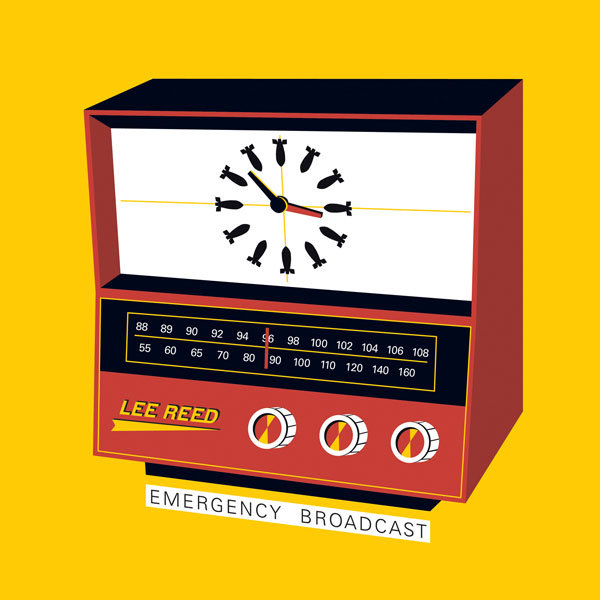
Released in 2011, Emergency Broadcast stands as one of the rawest, most uncompromising political statements in Canadian hip-hop, let alone Hamiltonian hip-hop, and it just marked the beginning for Lee Reed. The record, a 12-track manifesto of anti-capitalist resistance and working-class defiance, finds him, the self labelled, “Kanadian rap’s oldest and grumpiest revolutionary loudmouth,” fully stepping into his debut role as a solo artist after years fronting the fiery rap-rock collective Warsawpack. Where that group fused live instrumentation with pointed commentary, Reed’s solo work strips away any excess, putting his voice and words in the spotlight.
The album wastes no time establishing its tone. Opener “Doom & Gloom” hits with Reed’s trademark deadpan delivery, his verses as always, completely packed with dense imagery and barbed critiques. The song reads like a broadcast from a collapsing society: unsparing, heavy, and urgent. Across the record, Reed zeroes in on themes of environmental collapse, corporate greed, systemic inequality, and the soul-crushing grind of modern urban life.
It’s not escapist, commercial hip-hop, this is hip-hop as confrontation, a demand that listeners reckon with the world as it is, and to be motivated to do something about it. “The Growth” and “The Bank” shine as some of the album’s most biting critiques, dissecting capitalism’s endless hunger and the financial institutions that prop it up. “The Pump” (ft. Eklipz) and “The City” turn the lens on gentrification, hollow development, and the alienation of everyday people caught in the churn. Even songs with deceptively simple titles,“Convenience,” “Fakeness,” “Enough” carry Reed’s trademark venom, skewering consumer culture and the empty promises of a system built to exploit. Each track is aimed less at entertaining and more at mobilizing. It’s palpable and wrapped nicely in a bow that tightens around your neck.
Musically, Emergency Broadcast reflects Reed’s DIY character. The production, handled by collaborators Wiszniak, Sakala, Portak, and Staples, leans minimalist and raw. Beats are stripped down, driven by head-nodding loops like in the fire single, “Bazzooka Rap.” Rather than crowding the mix, the background colours and instrumentals provide a gritty canvas for Reed’s voice to dominate. In this setup, his words become the lead instrument, every line delivered with clarity, precision, strength and weight. It’s a sound that stays true to underground hip-hop traditions, prioritizing message over gloss.
Part of what makes Reed unique among political rappers is his focus on the state of local, provincial and Canadian struggles. Hailing from Hamilton – a steel town with a long history of labour struggle and grassroots organizing – Reed’s verses are grounded in a lived reality. His critiques aren’t abstract academic theory; they’re drawn from the day-to-day struggles of working-class people navigating a post-industrial city. That grounding gives Emergency Broadcast its authenticity, legitimacy, relevance and urgency.
Reed isn’t just talking about systemic failure in the abstract, he’s naming it and calling it out from within.
Although the album flew under the radar in terms of mainstream coverage, its importance in Reed’s discography is undeniable. It set the stage for later albums like The Butcher, The Banker, The Bitumen Tanker, Murder Hornet Landlord, his Polaris-nominated Steal City EP, along with 2025’s Pitchforks & Torches, and a sea of collabs with the likes of Sole, Rules, Danny Miles, Onglish, Tarek Funk, Cee Reality and so many more. All of which, built on this foundational album, cemented his reputation as Canada’s fiercest, most consistent radical rap voice.
Ultimately, Emergency Broadcast is about truth-telling. It’s about sounding the alarm, forcing listeners to face uncomfortable realities and imagine alternatives. More than a decade later, its messages remain chillingly relevant. Reed’s warnings about collapse and exploitation continue to echo as the crisis deepens. If you want hip-hop that challenges rather than distracts, that informs rather than entertains, Emergency Broadcast is required listening.
RIYL: Tribe Called Quest, Dead Prez, Zack de la Rocha, Run the Jewels, Eklipz, Aesop Rock, El P. Gil Scott-Heron, Yoni Wolf










